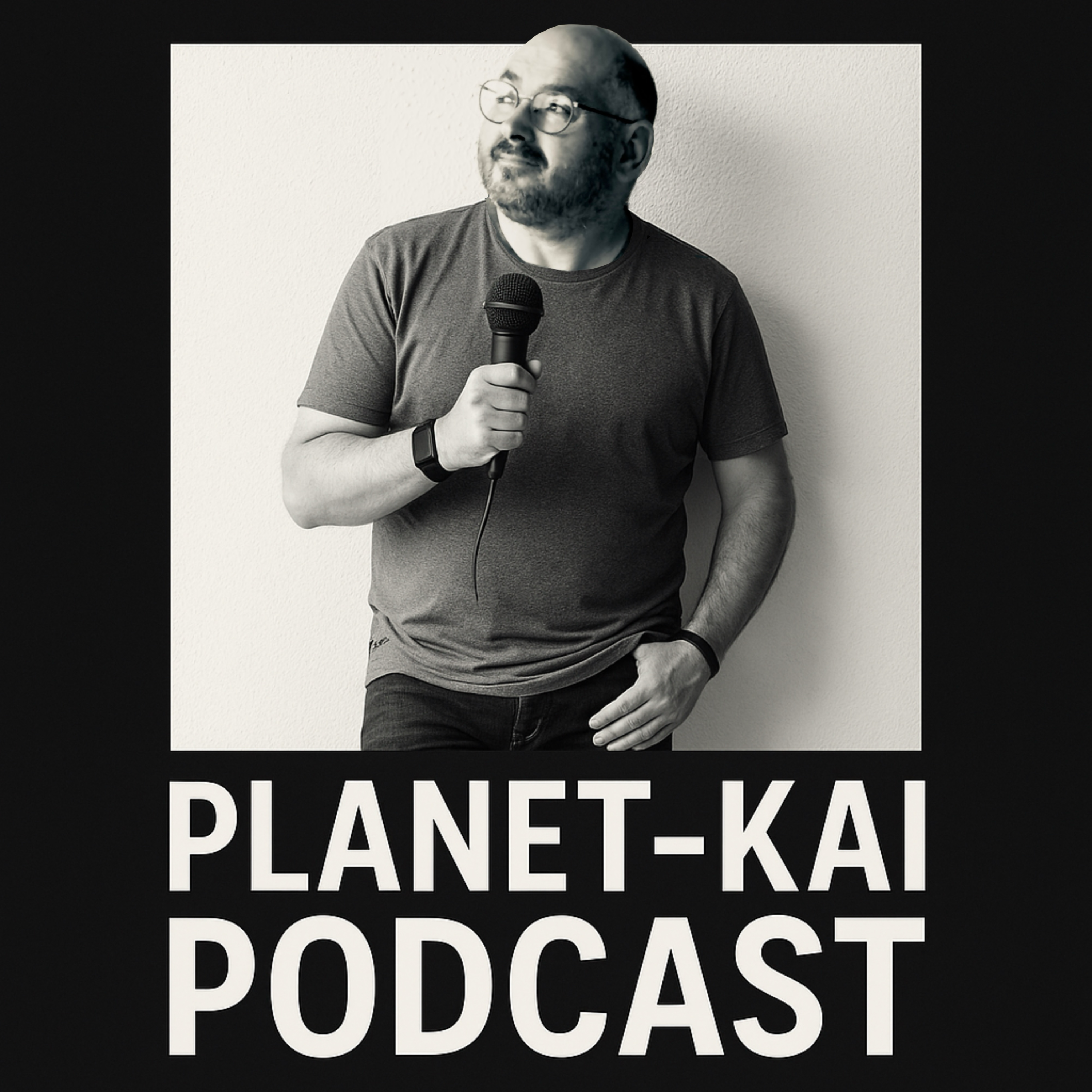 |
The Knowmads PodcastAuthor: The Knowmads
This podcast is about Science, Technology, Engineering, Mathematics, Music, Philosophy, Culture, Graduate life and much more. Language: en-us Genres: Philosophy, Physics, Science, Society & Culture Contact email: Get it Feed URL: Get it iTunes ID: Get it |
Listen Now...
Daniel Whiteson on Do Aliens Speak Physics?
Episode 7
Saturday, 25 October, 2025
Imagine: it’s a lazy Sunday morning, you’re sipping your raspberry-flavored iced latte, and an interstellar traveler lands in your backyard. It starts walking toward you—what do you do? Are you terrified or calm? If you’re a scientist stuck on a problem for years, do you ask for help? If you’re an influencer, are you already crafting your next post? If you’re a cook, are you hunting for new recipes? Honestly, with our limited human experience and understanding, it’s hard to even imagine such an encounter.To help us out, today’s podcast guest, Daniel Whiteson—along with Andy Warner—has written an incredible book illustrating exactly this scenario. Daniel is an experimental particle physicist and a professor of physics and astronomy at the University of California, Irvine. Anchored by his deep knowledge, Daniel asks in the book: can aliens speak physics? The book hits shelves on November 4, and we got to check out a pre-release copy.In today’s episode, we talk with Daniel about his mindset, the fundamentals and nuances of this alien encounter, and how we might communicate with them—without giving away any spoilers. Also, every new episode comes with its own lessons and the lesson her was to make multiple backups of your files because our SSD got corrupted and while we could recover our video files we couldn't recover the audio files. So the audio you're listening to is the one that got recorded by out camera. So anyway whether you’re dying to meet the green dudes, swear you’ve already seen them, or you’re simply curious about what such questions reveal about us humans, you’re in for a delight. So, let’s go!Daniel Ofir Whiteson is an American experimental particle physicist at University of California, Irvine. https://sites.uci.edu/daniel/He is a co-creator of Elinor Wonders Why, an animated educational television show on PBS Kids. He co-hosts a podcast with biologist Kelly Weinersmith titled Daniel and Kelly's Extraordinary Universe.https://podcasts.apple.com/us/podcast/daniel-and-kellys-extraordinary-universe/id1436616330Check out his new book: “Do Aliens Speak Physics (http://www.alienspeakphysics.com/)” which explores what it might be like to try to talk to advanced aliens about physics. Will they do physics the way we do, or is our most basic science more human than Universal?







